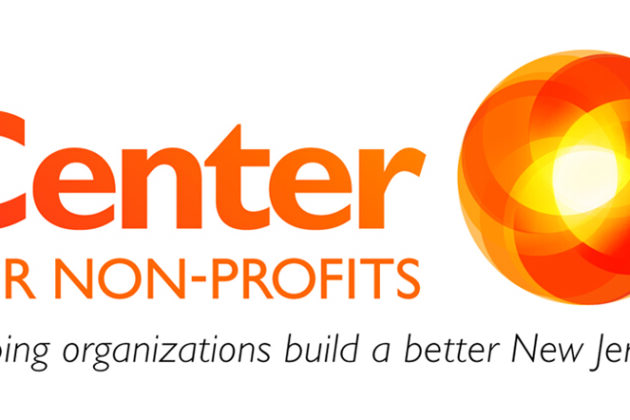In case you missed it, in late December 2013, the U.S. Office of Management and Budget (OMB) issued new guidelines that will streamline and greatly improve federal grant and contracting policies and procedures. When fully implemented, the Uniform Administrative Requirements, Cost Principles, and Audit Requirements for Federal Awards will bring welcome changes to procurement and reporting systems for not only federal grants and contracts, but any state and local grants or contracts that pass through federal funds as well.
The guidelines are long and complex, but highlights include:
- State and local governments using federal funds will be required to reimburse nonprofit contractors and grantees for reasonable indirect costs (also called administrative or overhead expenses).
- In some cases, administrative expenses associated with a particular project (such as secretarial support) can be reported as direct, rather than indirect, costs, which are treated more generously in contracting policies.
- The new guidelines will raise the Single Audit threshold from $500,000 to $750,000, eliminate duplicative and unnecessary audit criteria, and clarify various cost allocation rules.
The new guidelines, over two years in the making, have been called “game changing” by the National Council of Nonprofits. And they matter, not just for organizations that receive government grants or contracts that use federal funds, but for everyone.
As surveys by the Nonprofit Finance Fund nationally and in New Jersey by the Center for Non-Profits have documented, while the demand for the programs and services provided by nonprofits has been skyrocketing for years, the ability of organizations to meet this demand has not kept pace. At the same time, while government’s own role in providing services has continued to shrink, nonprofits are being expected to shoulder a greater burden in meeting vital needs with insufficient resources.
According to the Urban Institute’s 2013 National Survey of Nonprofit-Government Contracts and Grants, in 2012 government agencies across the country entered into approximately 350,000 contracts and grants with about 56,000 nonprofit organizations, paying $137 billion to nonprofits for services. Although health and higher education account for the bulk of the funds, any way you slice it, the dollars are substantial.
Unfortunately, as national and New Jersey reports have shown, the contracting system itself is fraught with problems that undermine the ability of organizations to provide the programs and services that communities need.
Budget cuts, resource diversion, or contracts that don’t cover the costs of providing services force nonprofits to seek funds from other sources – such as grantmakers – to make up the difference so that program and service needs can be met. These policies drive up the already fierce competition for limited philanthropic dollars, and place impossible expectations on funders to fill the gaps. The implications for the meeting of vital, and continually escalating, community needs, are enormous.
So where does the new OMB guidance come in?
First is OMB’s recognition, through these new guidelines, that indirect costs are valid and important – a significant shift from previous policy. This means that state/local government contracts that use federal funds cannot refuse to allow indirect costs, as some have in the past.
Second, the Urban Institute’s 2013 survey suggests that for the overwhelming majority of nonprofits with government contracts, once the new OMB guidelines are in place, more money will be available for overhead than is currently permitted – which will hopefully mean less need to scramble to fill gaps, and reduced competition for limited pools of dollars from other sources.
Of course, much more remains to be done in the months ahead to ensure that state and local governments implement the OMB guidelines in the spirit intended. And this also represents a huge opportunity to encourage state and local government to emulate OMB’s example in their own grant and contracting policies. But OMB’s guidance is a powerful start that should be encouraging to us all.
Linda M. Czipo is executive director of the Center for Non-Profits, New Jersey’s statewide umbrella organization for the charitable community. Through advocacy, public education, technical assistance and cost-saving member services, the Center works to build the power of New Jersey’s non-profit community to improve the quality of life for the people of our state.

